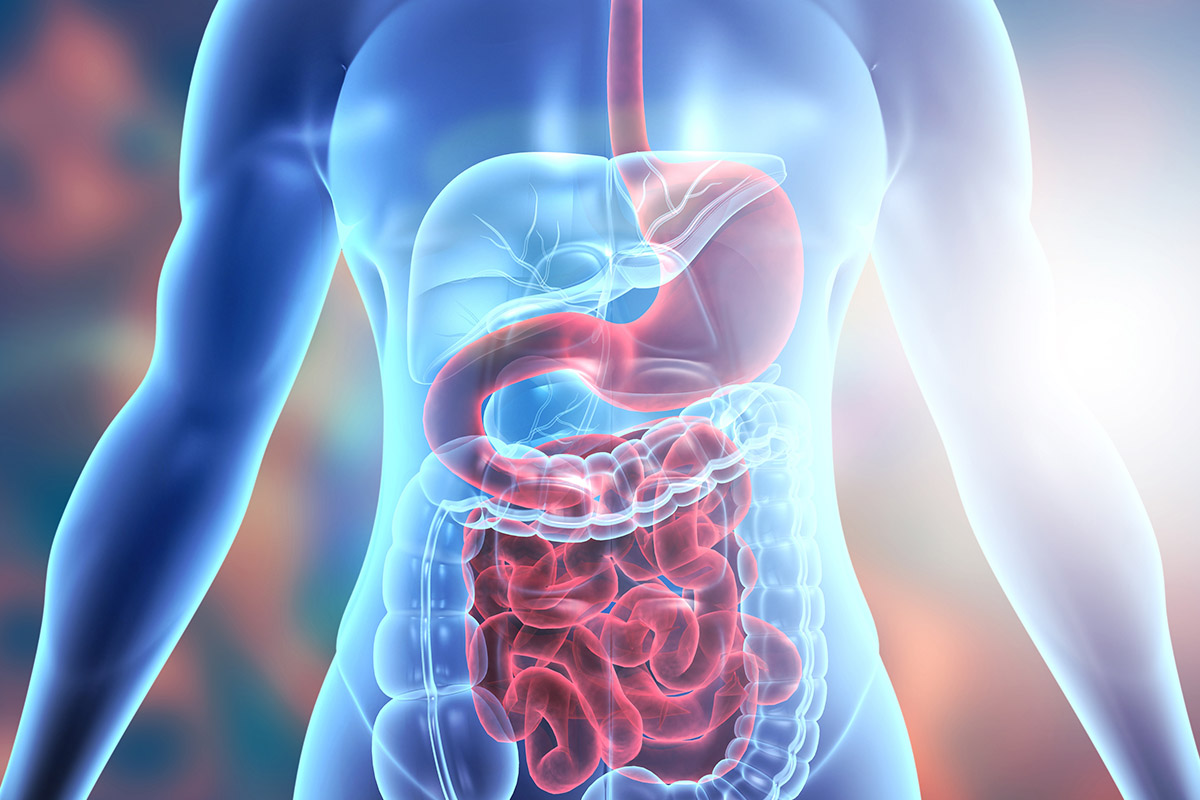A new approach that uses artificial intelligence (AI) shows how to use microorganisms in the body and molecules in cells to predict human health outcomes, according to Penn State College of Medicine and University of Texas Southwestern Medical Center researchers. They say it could improve the accuracy of predicting the development of human diseases, such as inflammatory bowel disease and diabetes.
The human microbiome is made up of trillions of microorganisms, such as fungi and bacteria that live in the body, usually in the gut, and impact overall health. These organisms, along with metabolome — or the molecules found within cells and tissues — have an important impact on medical research.
The present study proposes to learn useful features from datasets that measure both microbiome and metabolome and use them to substantially improve the risk prediction accuracy in datasets only measuring microbiome. The results present a statistical learning and AI-based, non-invasive approach using gut microbiome that could identify individuals with an elevated risk for diseases.
Up until now, due to cost constraints, only a handful of studies measured both microbiome and metabolome data. Most studies only measured microbiome data without including data on metabolomes, which limited their usefulness for predicting disease risks. According to the researchers, combining microbiome and metabolome together can more accurately predict disease outcomes and lead to a better understanding of the disease mechanisms.
“Deep learning-based, non-invasive approaches have tremendous potential to improve the diagnosis and risk prediction for human diseases,” said co-lead author Dajiang Liu, professor and vice chair for research of public health sciences and biochemistry and molecular biology, and interim director of Penn State College of Medicine’s AI initiative. “Combined with high-throughput technologies, such as DNA sequencing, it offers a cost-effective approach that identifies at-risk patients and fast forwards precision medicine.”
The scientists proposed a novel integrative modeling framework called Microbiome-based Supervised Contrastive Learning Framework (MB-SupCon). Implementing the new method, they studied gut microbiome and metabolome data in stool samples from 720 patients to predict factors associated with Type 2 diabetes.
According to the researchers, MB-SupCon outperformed existing machine learning methods, and it proved highly accurate for predicting patients’ insulin resistance status (84%), gender (78%) and race (80%).
When investigators used MB-SupCon in a large inflammatory bowel disease study, they observed similar advantages. According to the researchers, this non-invasive, cost-effective method could be broadly used to predict health outcomes in a variety of disease studies.
“The human microbiome is a major modifiable risk factor for human diseases,” said co-lead author Xiaowei Zhan, a member of the University of Texas Southwestern Medical Center. “Our approach helps identify bacteria that influence disease risk. Modifying these bacteria can be a valuable new approach to treat human disorders that were not easily treatable before.”
Researchers Sen Yang, Shidan Wang, Ruichen Rong, Jiwoong Kim, Bo Li, Andrew Y. Koh and Guanghua Xiao of University of Texas Southwestern Medical Center; Yiqing Wang of Southern Methodist University; and Qiwei Li of University of Texas at Dallas contributed to this research.
The researchers declare no conflicts of interest or specific funding for this research.
Read the full study in the Journal of Molecular Biology.
About Penn State College of Medicine
Located on the campus of Penn State Health Milton S. Hershey Medical Center in Hershey, Pa., Penn State College of Medicine boasts a portfolio of more than $150 million in funded research. Projects range from development of artificial organs and advanced diagnostics to groundbreaking cancer treatments and understanding the fundamental causes of disease. Enrolling its first students in 1967, the College of Medicine has more than 1,700 students and trainees in medicine, nursing, the health professions and biomedical research on its two campuses.
